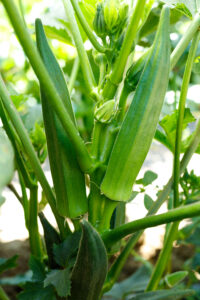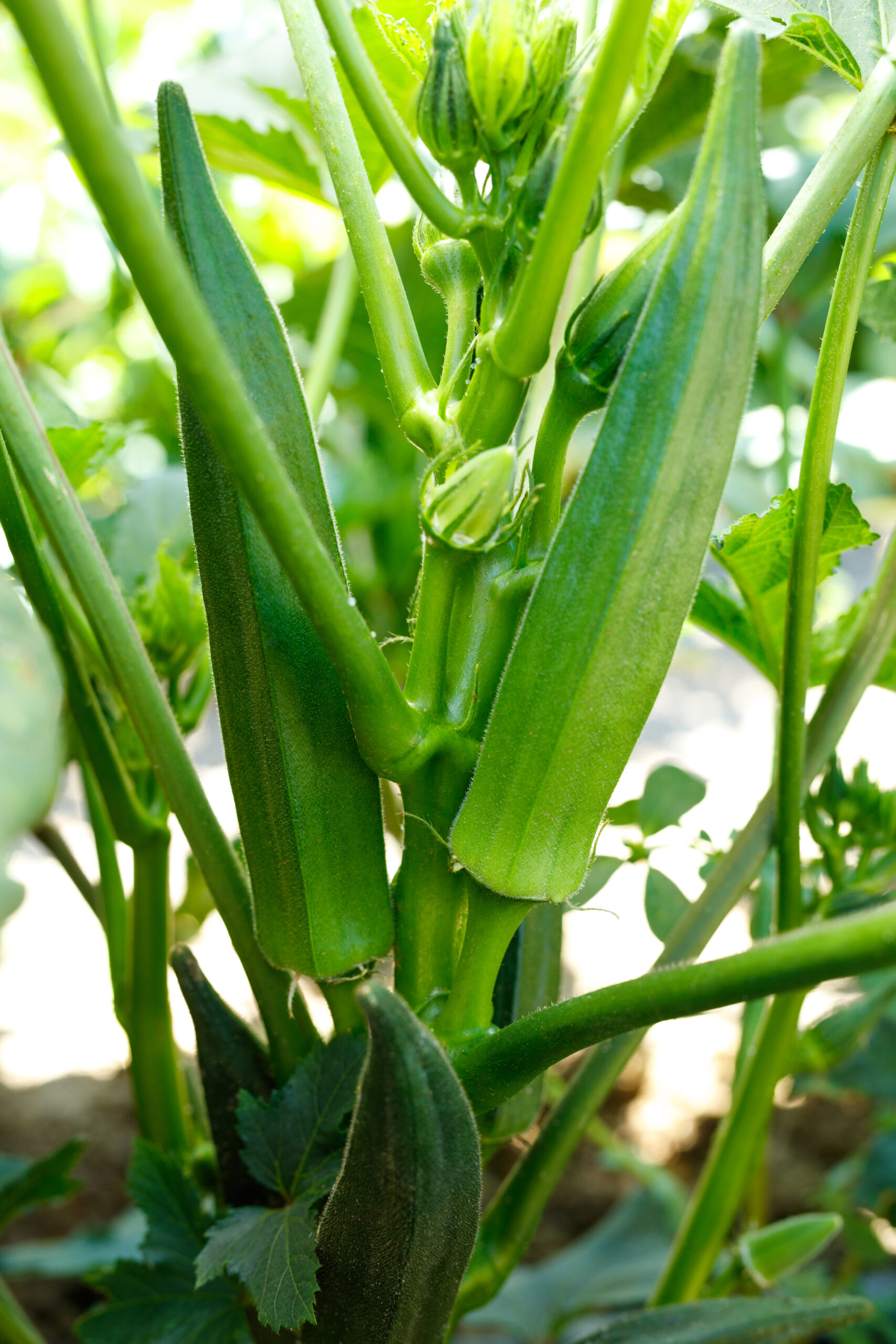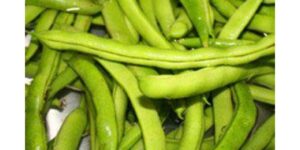
Transplanting ‘Clemson Spineless’ okra, a popular variety known for its tender, spineless pods and robust growth, can be successfully accomplished in open land settings. Here’s a guide to help you through the process:
Transplanting ‘Clemson Spineless’ Okra in Open Land
1. Transplanting
- Choose a sunny location with well-drained, fertile soil. Okra thrives in warm conditions.
- Space the seedlings about 30-45 cm apart in rows that are 60-90 cm apart. This spacing allows for adequate air circulation and growth.
- Plant the seedlings at the same depth they were in their containers.
- Water thoroughly after transplanting to establish the plants.
2. Soil and Nutrient Management
- Enrich the soil with compost or a balanced fertilizer before planting. Okra benefits from nutrient-rich soil.
- Maintain a soil pH between 6.5 and 7.5 for optimal growth.
3. Watering
- Provide consistent moisture, especially during flowering and pod development. Okra needs regular watering but is somewhat drought-tolerant.
- Avoid overwatering, as waterlogged conditions can lead to root diseases.
4. Weed Control and Mulching
- Keep the area weed-free to reduce competition for nutrients and water.
- Apply mulch to conserve soil moisture, regulate soil temperature, and suppress weeds.
5. Pest and Disease Management
- Regularly check for pests like aphids and okra caterpillars. Employ appropriate controls as necessary.
- Practice crop rotation and good sanitation to reduce the risk of soil-borne diseases.
6. Harvesting
- ‘Clemson Spineless’ okra is typically ready for harvest 50-60 days after planting. Harvest the pods when they are 7-10 cm long for the best texture and flavor.
- Harvest pods every other day to encourage continued production.
Best Practices for Growing ‘Clemson Spineless’ Okra
- Warm Weather Planting: Okra is a heat-loving plant, so plant after the danger of frost has passed and the soil is warm.
- Soil Preparation: A well-prepared, nutrient-rich soil promotes healthy growth.
- Regular Harvesting: Frequent harvesting keeps the plants productive and prevents the pods from becoming tough.
- Pest and Disease Vigilance: Consistent monitoring for pests and diseases helps maintain healthy plants.
- Staking (Optional): While not always necessary, staking can support taller plants and make harvesting easier.
‘Clemson Spineless’ okra is well-suited for open land cultivation, especially in regions with warm growing seasons. Proper care and regular harvesting will ensure a bountiful supply of tender okra pods.





Reviews
There are no reviews yet.